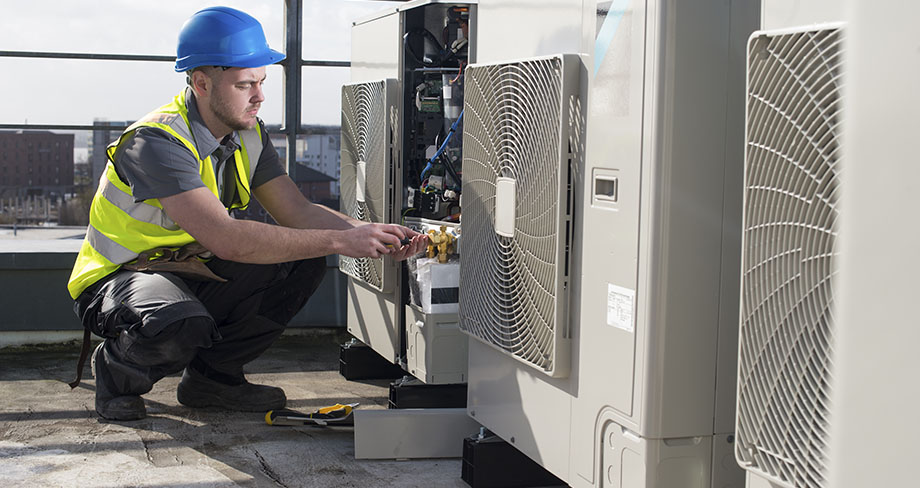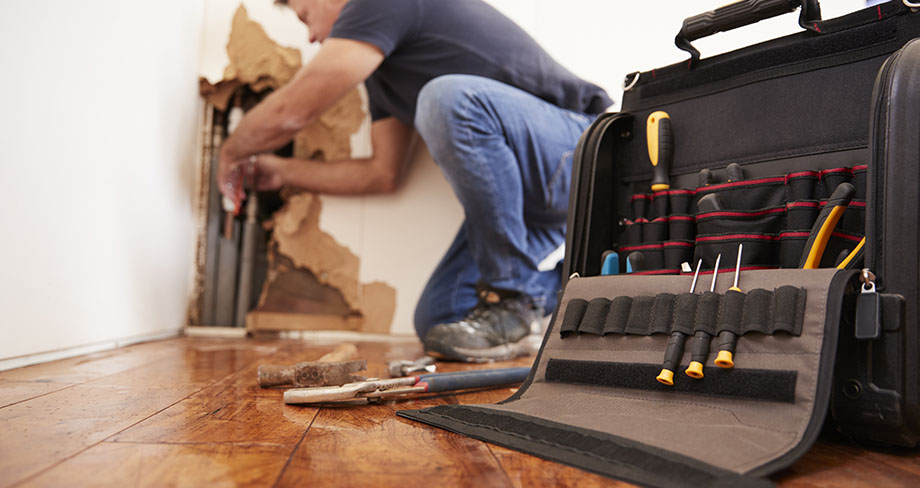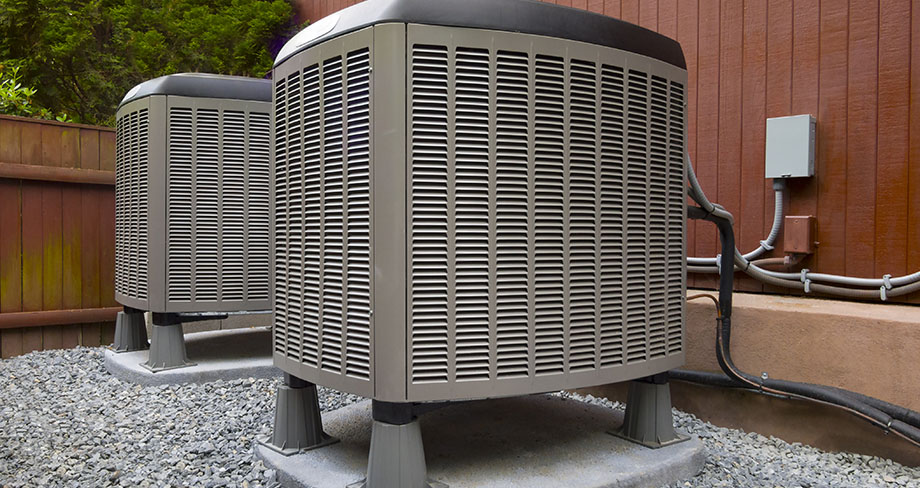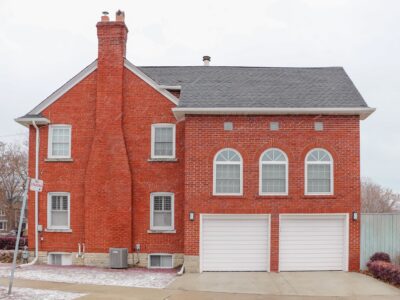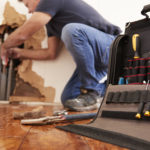A heat pump is a device that uses a refrigerant to move heat from one place to another. In a typical home, the heat pump is located outside and transfers heat into the house. Since these are complex machines, heat pump repair is not easy and requires professional training.
When the temperature inside the house gets too cold, the heat pump turns on and pulls heat from the outdoors. If the temperature outside gets too hot, the heat pump shuts off and sends cool air back into the house.
Heat pumps are used in many homes for heating and cooling purposes. They use electricity to transfer heat between an indoor coil and outdoor coil. The most common type of heat pump is called a ground-source heat pump. But there are many other types that you can choose from.
Repairing faulty heat pumps
In this article, we put together all the things that you should look for if your heat pump is not working properly.
Check the Air Filter
If you notice any dust buildup on the air filter, replace it immediately. Dust buildup will cause the unit to work harder than necessary, which can shorten its lifespan.
Look at the Motor
Check the motor by removing the cover plate and looking inside. You should see two wires connected to the terminals. One wire goes to the positive terminal (+) and one wire goes to the negative terminal (-). Of course, you will need significant experience with electric equipment in order to repair a motor. So, this is best left to the professionals who work with heat pumps and know them inside out.
Test the Thermostat
If the thermostat isn’t working properly, check the wiring first. Then test the thermostat itself. Turn the dial clockwise until you reach the temperature you desire. Thermostats determine whether your desired temperature has been reached.
However, if they are faulty, they will wrongly trigger your heat pump or stop it because its measurements are not right. Faulty thermostats are all too common and this is among the first things that you should check in faulty heat pumps.
Check the Refrigerant Level
Next, check the refrigerant level. You should see a small bubble at the top of the tank. If not, add more refrigerant. Refrigerants are at the core of heat pumps because they allow heat transfer from outdoors to indoors, and vice versa.
If the refrigerant levels are low, you can naturally expect that your heat pump will not work as efficiently as it should. However, again, this is something that only a seasoned HVAC professional can help you out with. If you know how to repair HVAC units and heat pumps, then for sure, take a go at it. But just to be safe, call a professional.
Clean the Condenser Coil
After checking the refrigerant level, clean the condenser coil. This will help prevent future issues with the unit. Condensers are also very important in heat pumps because they assist in heat transfer. These units are typically located on the outside of the house. However, the design may vary for different heat pumps.
Conclusion
If you do not have any significant experience dealing with HVAC equipment, then it is advised not to tinker with your unit. Instead, it is much more worthwhile to get help from a seasoned professional who deals with HVAC repair.
A heat pump is a very efficient way to keep cool during the summer months. However, if you notice that your air conditioner isn’t working properly, then you should contact professional heat pump repair services huntington right away. If you’re having trouble keeping your home comfortable during the hot summer days, then you might want to consider investing in a new heat pump system.

